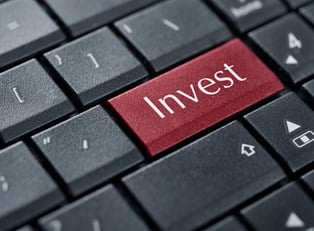The concept of investing seems easy enough: use your money to earn more money. But when you decide to actually start investing, the simple idea you had before suddenly becomes much more complicated. How do you even begin? How much money do you need, and what should you invest in? We’re addressing those questions and more in our beginner’s guide on how to start investing.
Why do I need to invest?
Would you rather work for money or have your money work for you? Instead of merely putting your money in a savings account where it won’t benefit from compounding interest (more on that later), you can invest your money and let it grow over time.
First things first: Come up with a plan.
Figure out how you want to approach your investments. Many people use their 401k to invest; using your retirement fund to invest will call for a different strategy than using a saved stash of money. After all, you can’t afford to lose your retirement fund, but you probably won’t be bankrupted if you lose $500 of your savings.
If you’re not comfortable using real money yet, there are plenty of online simulations you can use to practice (the Investopedia Stock Simulator is particularly good). A good approach for the casual or beginner investor would be to create a “set it and forget it” portfolio. Shake away the notion that you have to constantly be tracking the market.
What do I need to start investing?
You need some capital—that’s a no brainer. In a best-case-scenario, try to save up at least $1,000 before you enter the game. Although $1,000 may not be easy to come by, you need at least that much to justify transaction fees. Trust me, you’ll be surprised at the little costs that will arise. You’re going to encounter trading fees and minimum deposit requirements when you open an account with a brokerage, even an online discount broker.
When should I start investing?
This question has an easy answer: As soon as possible! Think of it this way: the earlier you start, the more your investment will grow. Start investing as early as your twenties. Your investments will have more time to compound and, essentially, you’re making money off of your earnings. Here’s a quick example:
Let’s say you start investing at 22. You decide to put $1,000 into an account with an annual interest rate of 10%. At the end of the year, your investment has grown to $1,100—and instead of withdrawing your profit of $100, you decide to let your profits grow. Leave that cash alone. When the next year rolls around, you’ll have $1,210. Of course, if you invest more, you’ll earn more. And by investing earlier, your initial investment and profits will have more time to compound. The takeaway? As soon as you’re in a financially secure situation (and hopefully that is sooner rather than later), get to investing!




